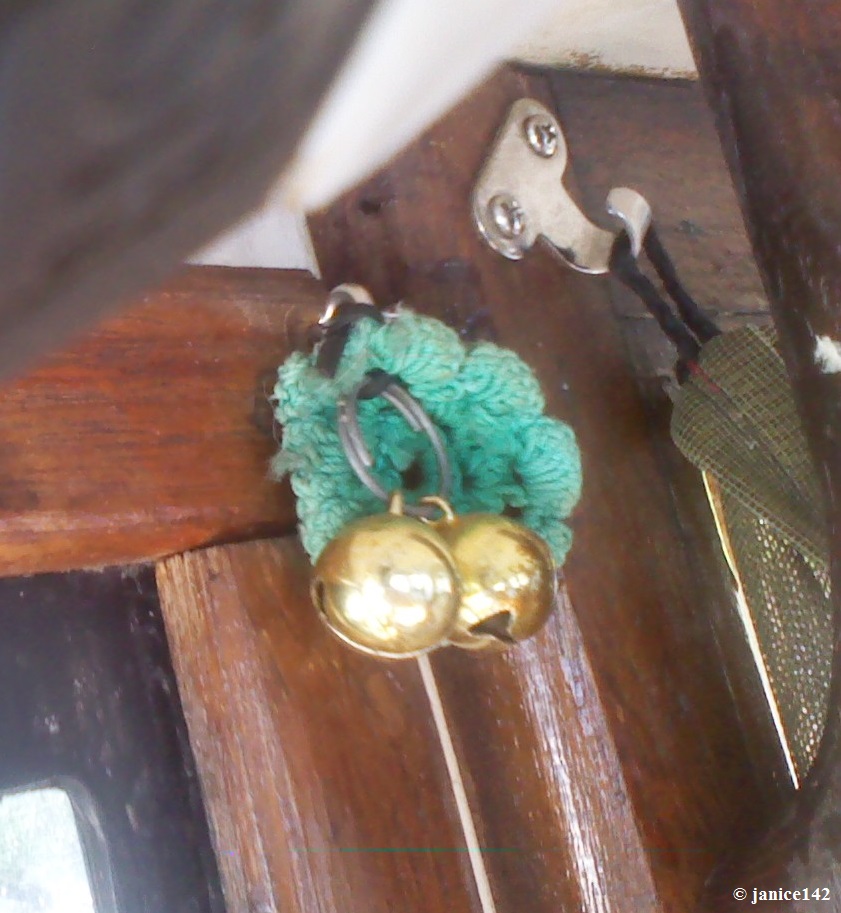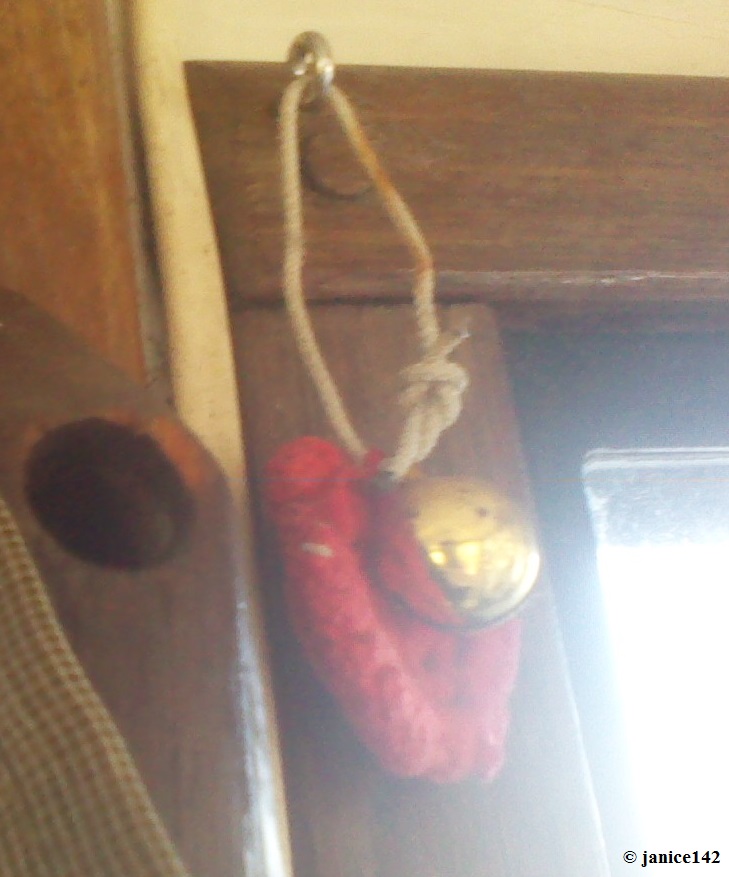leej322
Member
First post here.
My dad just bought a 34' Mainship. Going to pick it up next weekend in the Houston area. We're trying to decide whether to take the ICW or cut across. The boat does have chart plotter but no radar. We will not be under power at night. What advice can some of you vets offer? And would you recommend tying up to a rig/platform at night if we make the cut, or coming into port or at least into shallow water to drop anchor? Any and all advice is welcomed. This will be our first big trip and will be in an unfamiliar boat as he's always had sailboats.
On a side note, I'd like to do some fishing during the trip. Any pointers in this area would be a bonus.
Thanks guys.
My dad just bought a 34' Mainship. Going to pick it up next weekend in the Houston area. We're trying to decide whether to take the ICW or cut across. The boat does have chart plotter but no radar. We will not be under power at night. What advice can some of you vets offer? And would you recommend tying up to a rig/platform at night if we make the cut, or coming into port or at least into shallow water to drop anchor? Any and all advice is welcomed. This will be our first big trip and will be in an unfamiliar boat as he's always had sailboats.
On a side note, I'd like to do some fishing during the trip. Any pointers in this area would be a bonus.
Thanks guys.


